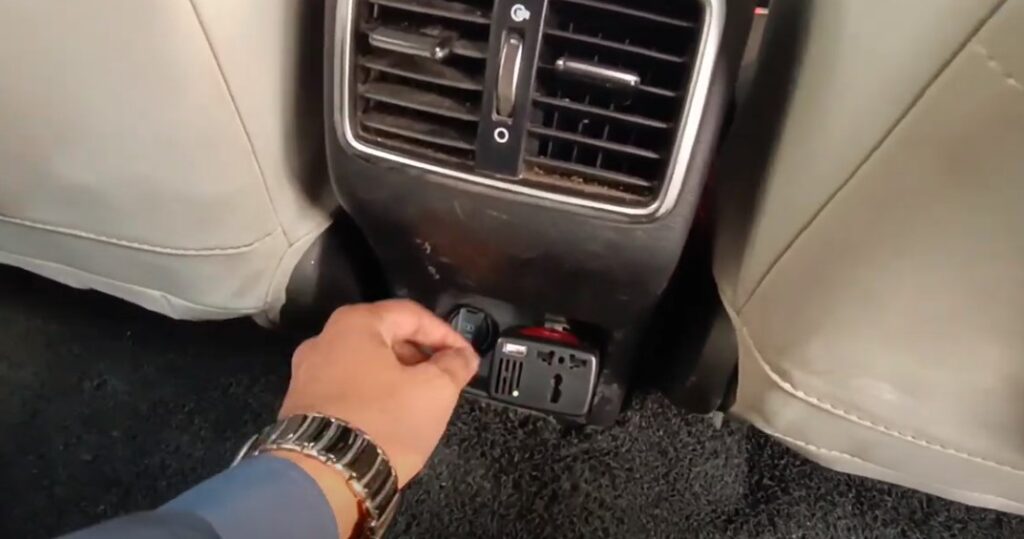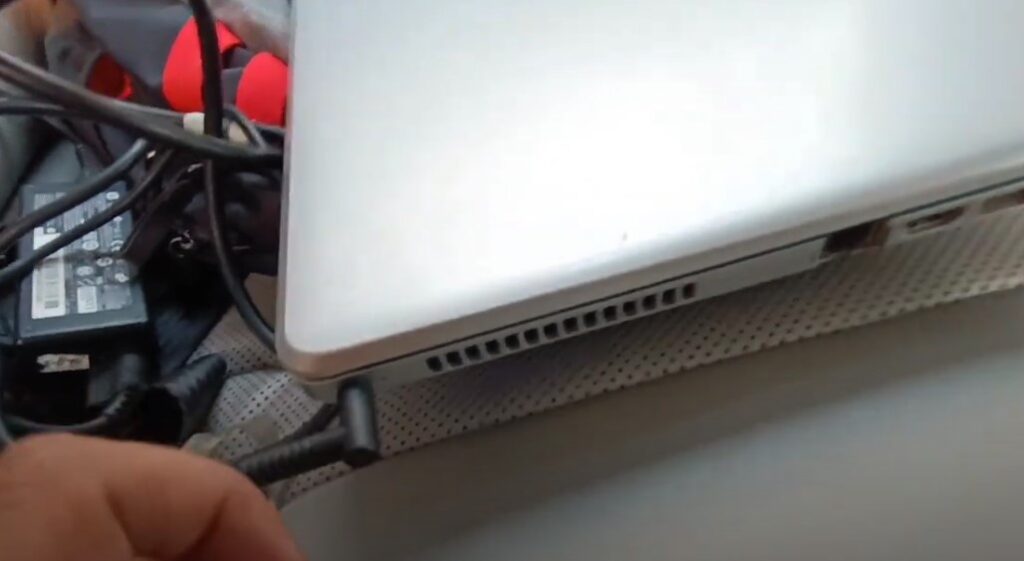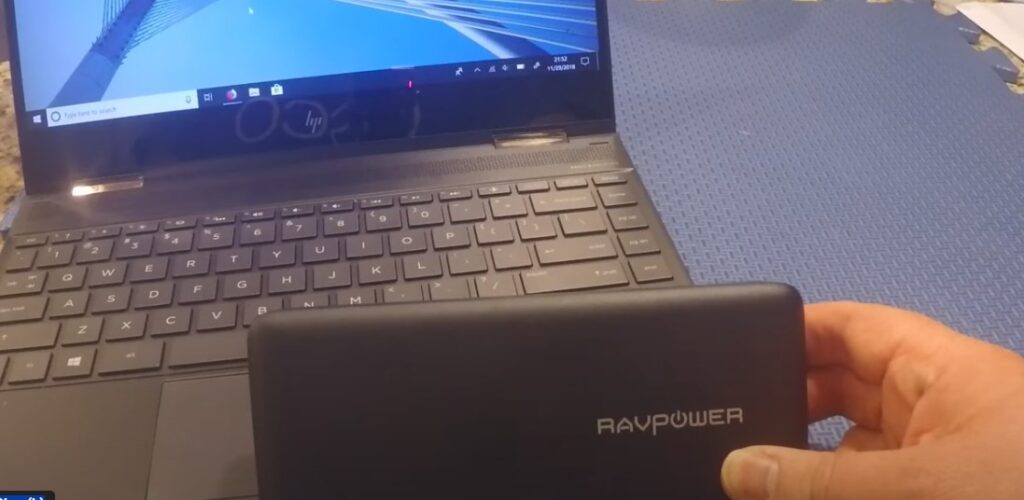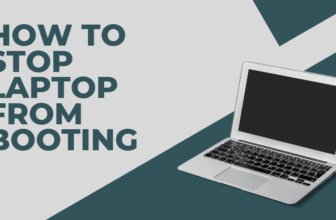How to Charge a Laptop in a Car? 4 Easy options
Inverter Magic: This gadget transforms your car’s outlet into a laptop-friendly power source. Just plug it in and connect your regular charger.
USB-C Power Play: If your sleek machine has a USB-C port, grab a car charger specifically designed for it.
You’re cruising down the highway, enjoying the scenery, and suddenly, your laptop battery flashes that dreaded low-power warning.
Panic sets in. But fear not, fellow road warrior! Charging your laptop in a car is not only possible, but it’s easier than you might think.
If you’re a digital nomad working from your van, a student road-tripping to your next adventure, or simply someone who needs to stay productive on the move
There are a different ways to keep your laptop juiced up while you’re on the next road trip, each with its own pros and cons. Let’s dive into the options and find the perfect charging method for your needs.
Option 1: Car Chargers (DC to AC Adapters) – Your Direct Power Connection
Your car charger as a translator between your car’s maximum power outlet (that circular thing you usually plug your phone charger into) and your laptop’s charging port.
These handy gadgets, also known as DC to AC adapters, convert the energy from your car’s 12V DC power into the voltage your laptop needs.
How to Choose the Right Car Charger:

- Compatibility: This is crucial! Make sure the car charger is designed for your specific laptop model. Check the voltage and wattage requirements on your laptop’s power brick (the original charger that came with it).
- Power Output: The wattage of the car charger should match or exceed the wattage of your laptop’s power brick. Aim for a higher wattage if you want faster charging.
Connecting and Charging:

- Plug It In: Plug the car charger into your car’s 12V power outlet (car cigarette lighter).
- Connect to Your Laptop: Connect the other end of the car charger to your laptop’s charging port.
- Watch for Indicators: Most car chargers have a light that indicates when it’s working. Your laptop should also show that it’s charging.

The Pros and Cons:
- Pros: Simple to use, relatively inexpensive, and compact.
- Cons: May not charge as fast as other methods, not suitable for all laptops (especially high-power models).
Option 2: Power Inverters – Bringing the Wall Outlet to Your Car
If you’re want for a more versatile charging solution, a power inverter might be your best bet.
This clever device converts your car’s DC power (direct current) into AC power (alternating current), the same kind you get from a standard wall outlet.
This means you can use your own regular car battery laptop charger, as well as other AC-powered electronic devices like phones, tablets, or even small appliances.
Choosing the Right Power Inverter:
- Wattage: Pay attention to the wattage rating of the inverter. It should match or exceed the combined wattage of the devices you plan to plug in. Your laptop’s power brick will have its wattage listed.
- Types: Inverters come in different sizes and styles. Smaller ones plug into the car cigarette lighter, while larger ones may need to be connected directly to your car battery for higher power output.
Setting Up and Charging:
- Connect the Inverter: Plug the inverter into your car’s 12V outlet or connect it directly to the battery (follow the manufacturer’s instructions carefully).
- Plug in Your Charger: Plug your laptop’s regular AC charger into the inverter.
- Charge Away: Your laptop should start charging as usual. Monitor the inverter and your laptop for any signs of overheating.
Pros and Cons:
- Pros: Versatile (can charge multiple devices), often provides faster charging than car chargers.
- Cons: Can be bulkier and more expensive than car chargers, may require professional installation for higher wattage models, potential for draining your car battery if not used carefully.
Option 3: USB-C Car Chargers – The Sleek and Speedy Solution
If your laptop supports USB-C charging (many newer models do), you’re in luck! USB-C car chargers offer a sleek and efficient way to power up on the road.
They plug into your car’s 12V outlet and deliver power directly to your laptop via a USB-C cable.
Choosing the Right USB-C Car Charger:
- Power Delivery: Look for a charger that supports Power Delivery (PD). This technology allows for faster charging speeds. Aim for a charger with at least 45W or 60W output for most laptops.
- Multiple usb Ports: Some USB-C car chargers offer multiple ports, so you can charge your phone or other devices simultaneously.
Connecting and Charging:
- Plug It In: Plug the USB-C car charger into your car’s 12V outlet.
- Connect to Your Laptop: Connect the USB-C cable to your laptop’s USB-C port.
- Check for Charging: Your laptop should display a charging indicator.
Pros and Cons:
- Pros: Compact and lightweight, often provides fast charging, compatible with many newer laptops and devices.
- Cons: Not all laptops support USB-C charging, may not be as powerful as some power inverters.
Option 4: Portable Power Banks – Your Laptop’s Battery Backup
Portable power banks aren’t just for smartphones anymore. These handy devices have gotten bigger and more powerful, making them a viable option for charging laptops on the go.

They come in various capacities (measured in milliampere-hours or mAh), and some even offer fast charging through technologies like Power Delivery.
Choosing the Right Power Bank:
- Capacity: The capacity of the power bank determines how many times you can charge your laptop. Look for one with enough mAh to charge your laptop at least once, if not twice, depending on your needs.
- Power Output: Ensure the power bank’s output (measured in watts) matches or exceeds your laptop’s power requirements.
- Ports: Check for the right USB ports. Most laptops charge via USB-C, but some older models might use a different connector.
Charging and Connecting:
- Charge the Power Bank: Fully charge the power bank before your trip.
- Connect to Your Laptop: Use the appropriate cable to connect the power bank to your laptop’s charging port.
- Monitor the Charge: Keep an eye on both the power bank’s remaining charge and your laptop’s charging status.

Pros and Cons:
- Pros: Highly portable and convenient, doesn’t require a car outlet, can charge multiple devices.
- Cons: Can be expensive for high-capacity models, may not charge as fast as other methods, needs to be recharged regularly.
Important Considerations and Safety Tips
No matter which charging method you choose, keep these tips in mind:
- Check Your Laptop’s Power Requirements: Before buying any charger or power bank, make sure you know your laptop’s voltage and wattage requirements.
- Avoid Overheating: Keep your laptop and charging equipment cool. Don’t cover them while charging, and avoid leaving them in direct sunlight.
- Conserve Car Battery Power: If you’re charging with the engine off, be mindful of your car battery’s power. Don’t drain it completely.
- Use Quality Equipment: Invest in reputable brands and avoid cheap, knock-off chargers that could damage your laptop.
The Road to Uninterrupted Productivity
There you have it! Four distinct ways to charge your laptop in a car, ensuring you can stay productive no matter where your journey takes you.
If you opt for the simplicity of a car charger, the versatility of a power inverter, the sleekness of a USB-C charger, or the convenience of a power bank, you’ll never have to worry about your laptop running out of juice again.
The ideal method for you depends entirely on your specific needs and preferences. Consider factors such as your laptop model, power requirements, budget, and the types of devices you want to charge alongside your laptop.
With the right tools and a little know-how, you can transform your car into a mobile office or entertainment center, ensuring the good times keep rolling, uninterrupted by a drained vehicle’s battery alone.
Remember, prioritize safety above all. Always check your laptop’s power requirements, avoid overheating your devices, and invest in quality laptop chargers, from reputable brands. By taking these precautions, you’ll not only keep your laptop powered up but also protect it from potential damage.
Now, go forth and conquer the open road, armed with the knowledge to keep your laptop battery charged and your productivity soaring
FAQs
Is there a way to charge a laptop in a car?
Yes, there are several ways how to charge laptop in car or a laptop in a car:
Car Charger (DC to DC Adapter): This plugs into your car’s 12V outlet and directly charges your laptop.
Power Inverter: This converts your car’s DC power to AC power, allowing you to use your regular laptop charger.
USB-C Car Charger: If your laptop supports USB-C charging, you can use a USB-C car charger for a fast and convenient charge.
Portable Power Bank: These external batteries can store enough power to charge your laptop on the go, without needing a car outlet.
Can you charge a laptop with USB?
Yes, you can charge a laptop with USB if it supports USB-C charging. Many newer laptops have USB-C ports that can deliver enough power for charging. Ensure you use a high-power USB-C car charger or power bank with Power Delivery (PD) for faster charging.
How can I charge my laptop without a car charger?
You have a few options if you don’t have a dedicated car charger:
Power Inverter: Use a power inverter to plug in your regular laptop charger.
USB-C Car Charger: If your laptop supports USB-C charging, you can use a USB-C car charger instead.
Portable Power Bank: Charge a portable power bank beforehand and use it to charge your laptop in the car.
Can a 12v car outlet charge a laptop?
Yes, but not directly. A 12V car outlet (cigarette lighter) provides DC power, while laptops require a specific higher voltage out for charging. You’ll need one of these options:
Car Charger (DC to DC Adapter): This converts the 12V DC power to the correct voltage for your laptop.
Power Inverter: This converts the 12V DC power to AC power, allowing you to use your regular laptop charger.
USB-C Car Charger: This also converts the 12V DC power, but delivers it via a USB-C cable to compatible laptops.
Is it safe to charge a laptop in a car?
Yes, it’s generally safe to charge a laptop in a car as long as you follow these safety precautions:
Use Quality Equipment: Invest in chargers and inverters from reputable brands that meet safety standards.
Avoid Overheating: Keep your laptop and charging equipment cool by not covering them and avoiding direct sunlight.
Monitor Car Battery: If you’re charging with the engine off, be mindful of your car battery’s power and don’t drain it completely.
Follow Instructions: Always follow the manufacturer’s instructions for your specific charger and inverter.
Can I charge my laptop while driving?
Yes, you can charge your laptop while driving, but it’s important to prioritize safety. If the charging process distracts you, wait until you’re stopped or have a passenger plug your computer in the charger for you.
How long does it take to charge a laptop in a car?
Charging time varies depending on several factors:
Charging Method: Car chargers and USB-C chargers typically charge slower than power inverters or charging at home.
Laptop Model: Different laptops have different battery sizes and charging speeds.
Power Source: Charging with the engine running may provide faster charging than with the engine off.
In general, expect charging times to be longer in a car than with a standard wall outlet.
Which is the best way to charge a laptop in a car?
The best way to charge a laptop in a car depends on your individual needs and preferences. Consider these factors:
Convenience: How often do you need to charge in the car? If it’s frequent, a car charger or USB-C charger might be more convenient.
Speed: Do you need fast charging? A power inverter might be the fastest option, but it requires your regular charger.
Versatility: Do you need to charge other devices too? A power inverter can charge multiple devices, while a power bank offers portability.
Budget: Car chargers are typically the most affordable, while power inverters and high-capacity power banks can be more expensive.
What should I do if my laptop isn’t charging in the car?
If your laptop isn’t charging in the car’s battery well, try these troubleshooting tips:
Check Connections: Ensure all cables are securely connected to both the charger and your laptop.
Try a Different Outlet: If you’re using a car charger or inverter, try a different power outlet in your car.
Restart Laptop: Sometimes, restarting your laptop can resolve charging issues.
Check Fuses: If you’ve connected an inverter directly to the car battery, check the fuses to make sure they haven’t blown.
Can I use a phone charger to charge my laptop in a car?
No, you generally can’t use a phone charger to charge a laptop in a car. Phone chargers don’t provide enough power for most laptops. They may charge very slowly or not at all. It’s best to use one of the methods mentioned in this article for safe and effective laptop charging.






